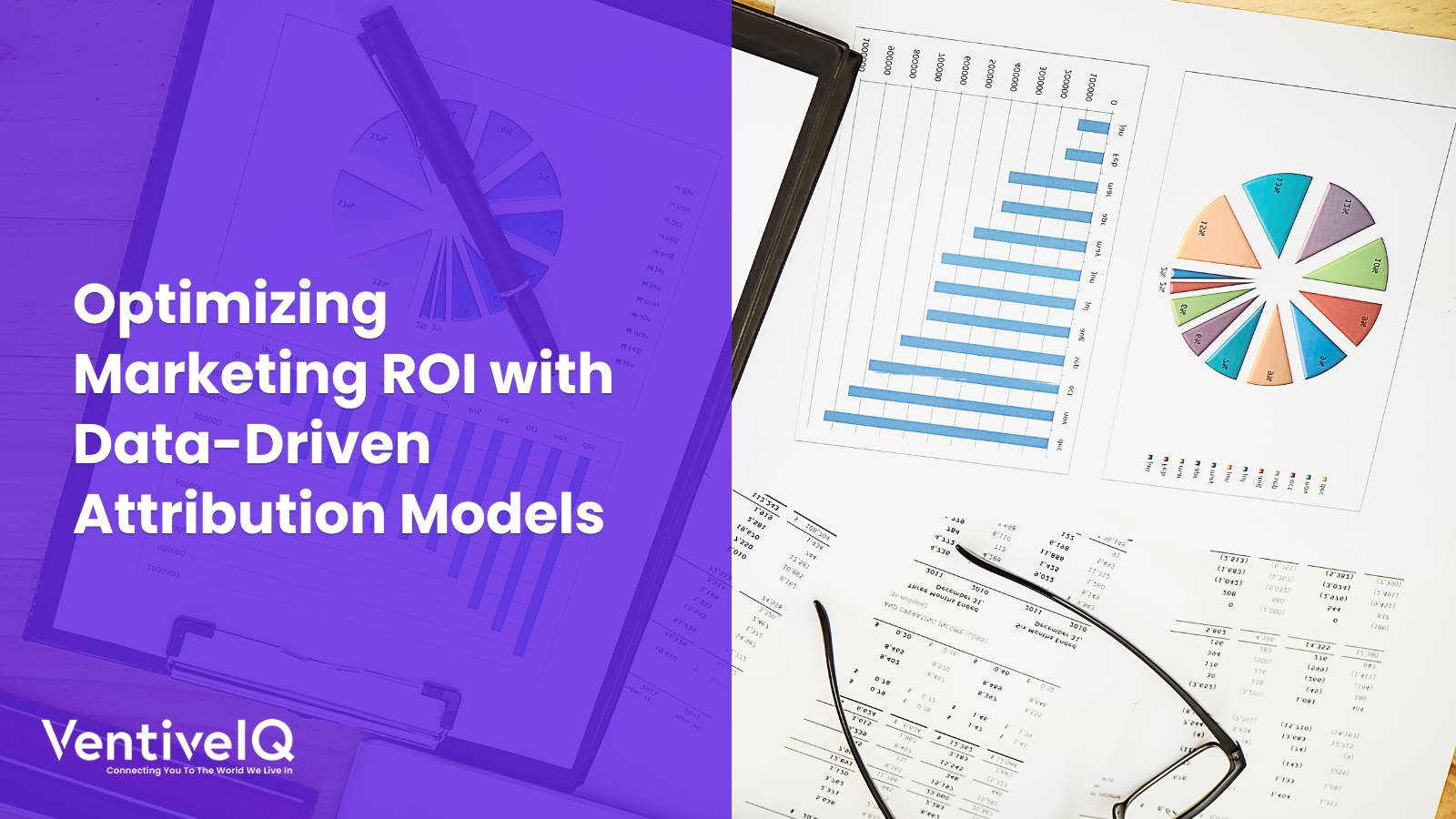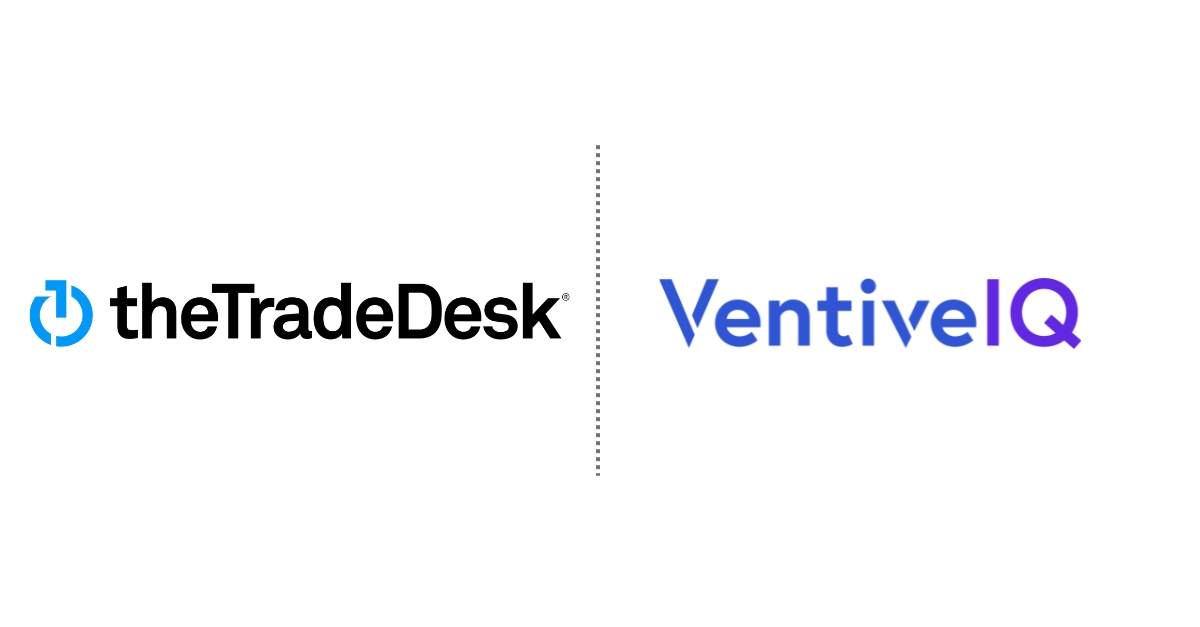Maximize marketing ROI with data-driven attribution models. Discover key factors, tradeoffs, and challenges in optimizing campaign performance for businesses and industries.
Introduction
In the rapidly evolving world of digital marketing, businesses are constantly seeking ways to optimize their marketing ROI (Return on Investment). Adopting data-driven attribution models is one of the most effective strategies in this quest. These models offer a sophisticated approach to understanding and improving campaign performance by accurately attributing credit to various marketing channels and touchpoints.
This article will explore the essentials of data-driven attribution models and the key factors influencing their effectiveness. We will also discuss the challenges and tradeoffs involved in their implementation.

The Power of Data-Driven Attribution
Traditionally, marketing attribution models often give full credit to the last touchpoint, like the ad click that led to a purchase. While this approach offers simplicity, it fails to account for the complex customer journey, where various touchpoints like social media interactions, blog posts, or email campaigns may have significantly influenced the decision. Data-driven attribution models address this gap by distributing credit across all touchpoints that interacted with customers before conversion.
This granular insight empowers you to:
- Identify high-performing channels: By understanding which channels drive the most conversions (and at what stage of the journey), you can optimize your budget allocation and invest more heavily in the most effective channels.
- Refine campaign strategies: Data-driven attribution reveals which types of content and messaging resonate with your audience at various buying cycle stages. This allows you to tailor your campaigns for maximum impact at each touchpoint.
- Measure the effectiveness of multi-channel marketing: Modern marketing often involves a combination of online and offline channels. Attribution models help you understand the interplay between these channels and how they work together to influence conversions.
Key Factors in Data-Driven Attribution
When choosing an attribution model, several key factors need careful consideration:
- Comprehensive Data Collection: Comprehensive and high-quality data collection is essential for data-driven attribution models to be effective. This includes data from all marketing channels (online and offline), customer interactions, and conversion points. The more data you can gather, the more precise your attribution model will be.
- Advanced Analytics and Machine Learning: Implementing advanced analytics and machine learning algorithms is crucial for processing large datasets and identifying patterns. These technologies can handle the complexity of multi-touchpoint journeys and provide insights that simple rule-based models cannot.
- Integration with Marketing Platforms: Seamless integration with various marketing platforms (such as Google Analytics, Facebook Ads, and CRM systems) ensures that data flows smoothly into the attribution model. This integration helps maintain data accuracy and consistency, vital for reliable insights.
- Customization and Flexibility: Every business and its customer journeys are unique. Customizable attribution models tailored to business needs and objectives will yield the most relevant and actionable insights.

Exploring Common Attribution Models: Balancing Advantages and Tradeoffs
Let us delve into some of the most common data-driven attribution models, highlighting their strengths and weaknesses:
- Last-Click Attribution: The model assigns all credit for a conversion to the last touchpoint. While simple to understand, it undervalues the role of earlier interactions in influencing the customer’s decision.
- First-Click Attribution: This approach fully credits the first touchpoint, which often represents initial brand awareness. However, it disregards the role of subsequent interactions that may have nurtured the customer towards conversion.
- Linear Attribution: This model distributes credit equally across all touchpoints a customer interacts with before conversion. While fair, it may not accurately reflect the relative influence of different channels at various journey stages.
- Time-Decay Attribution: This model credits touchpoints closer to the conversion, recognizing their more significant influence. However, it undervalues earlier interactions that may have sparked initial customer interest.
- Position-Based Attribution: This approach assigns equal credit to the first and last touchpoints, recognizing their importance in sparking and finalizing the conversion process. However, it ignores the contributions of interactions between them.
- Custom Attribution Models: Businesses can create custom models that weigh touchpoints based on their perceived impact on the customer journey. This requires a deep understanding of customer behavior and the resources to manage a more complex model.
Marketing ROI: Finding the Right Balance
Choosing the right attribution model is crucial for optimizing marketing ROI. However, it is not a one-size-fits-all solution. Here are some key factors to consider:
- Business Goals: Different marketing goals necessitate different attribution approaches. A model that recognizes nurturing channels might be more valuable for lead generation. On the other hand, if your focus is on immediate sales, a last-click or time-decay model could be beneficial.
- Customer Journey: Understanding customers’ typical path from awareness to conversion is critical. Analyze your customer data to identify the touchpoints with the most influence at various journey stages.
- Data Availability: Data-driven models require a rich data set that captures all customer interactions across different channels. If you need more data, simpler models might be more reliable.
Tradeoffs and Challenges
Data-driven attribution offers significant advantages, but it is not without its challenges:
- Complexity: Implementing and interpreting data-driven models requires data analysis and marketing attribution expertise.
- Data Quality: The accuracy of your attribution model hinges on the quality of your data. Inconsistent data or data silos can lead to misleading results.
- Multi-Device Attribution: Tracking user journeys across multiple devices can be challenging. VentiveIQ offers data solutions that can help overcome this hurdle by providing a unified view of customer behavior across devices.
The VentiveIQ Advantage
While data-driven attribution is a powerful tool, it is just one piece of the marketing ROI optimization puzzle. VentiveIQ goes beyond attribution to provide a holistic view of marketing effectiveness. We offer solutions that help you:
- Measure Customer Lifetime Value (CLTV): Understanding your customers’ long-term value allows you to optimize marketing efforts for long-term growth, not just immediate conversions.
- Optimize Campaign Targeting: VentiveIQ’s data insights help you identify high-value customer segments and tailor your marketing campaigns to reach them more effectively.
- Personalize the Customer Experience: Leverage rich customer data to personalize your marketing messages and interactions, leading to higher engagement and conversion rates.

A Final Word: Data-Driven Decisions for Marketing Success
Data-driven attribution models are a powerful tool for optimizing marketing ROI. However, it is essential to remember that no single “perfect” model exists. The best approach involves understanding your business goals, customer journey, and data capabilities. By leveraging VentiveIQ’s data solutions and expertise, you can unlock the full potential of data-driven attribution and make informed decisions that drive superior marketing performance.



